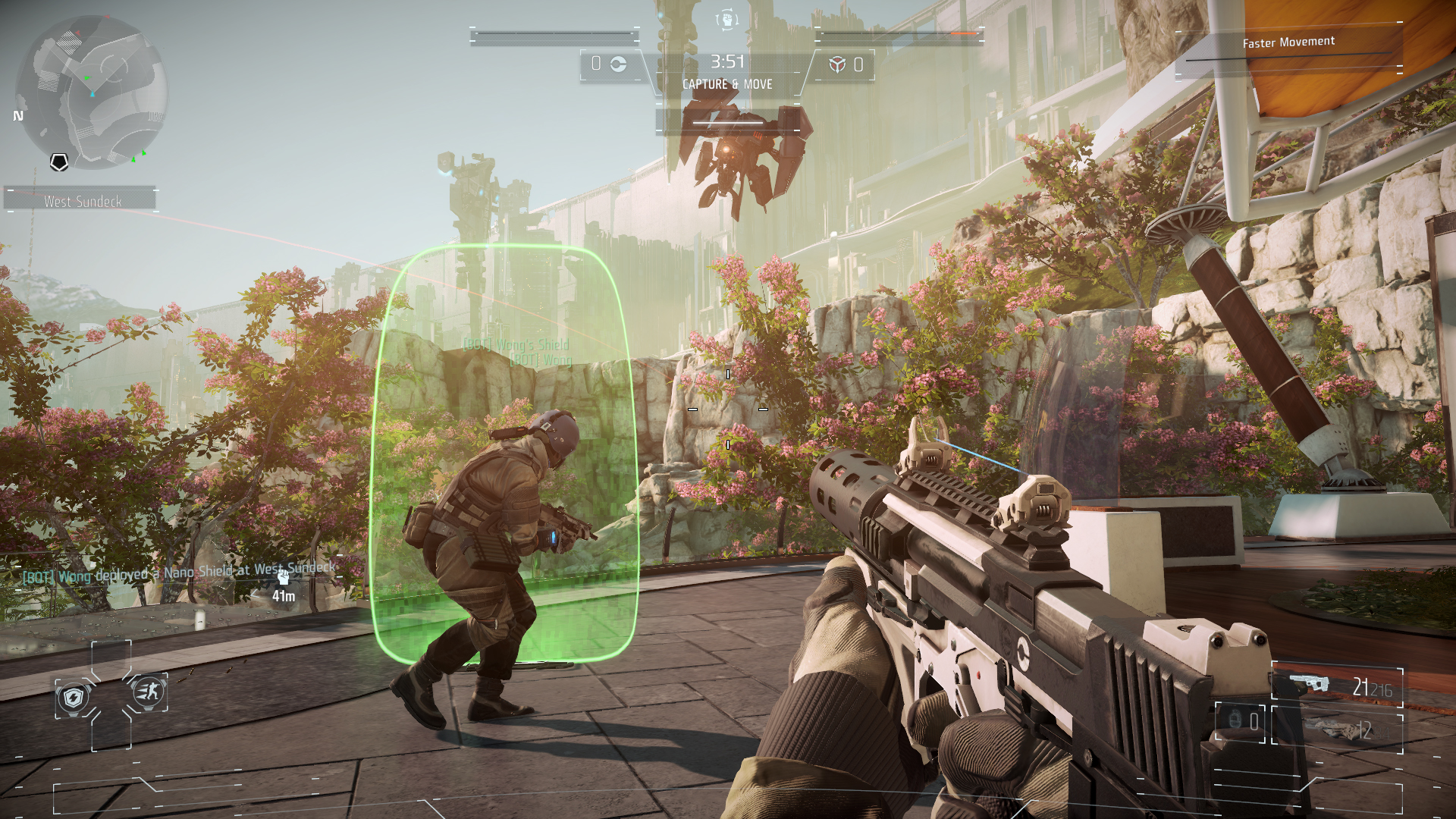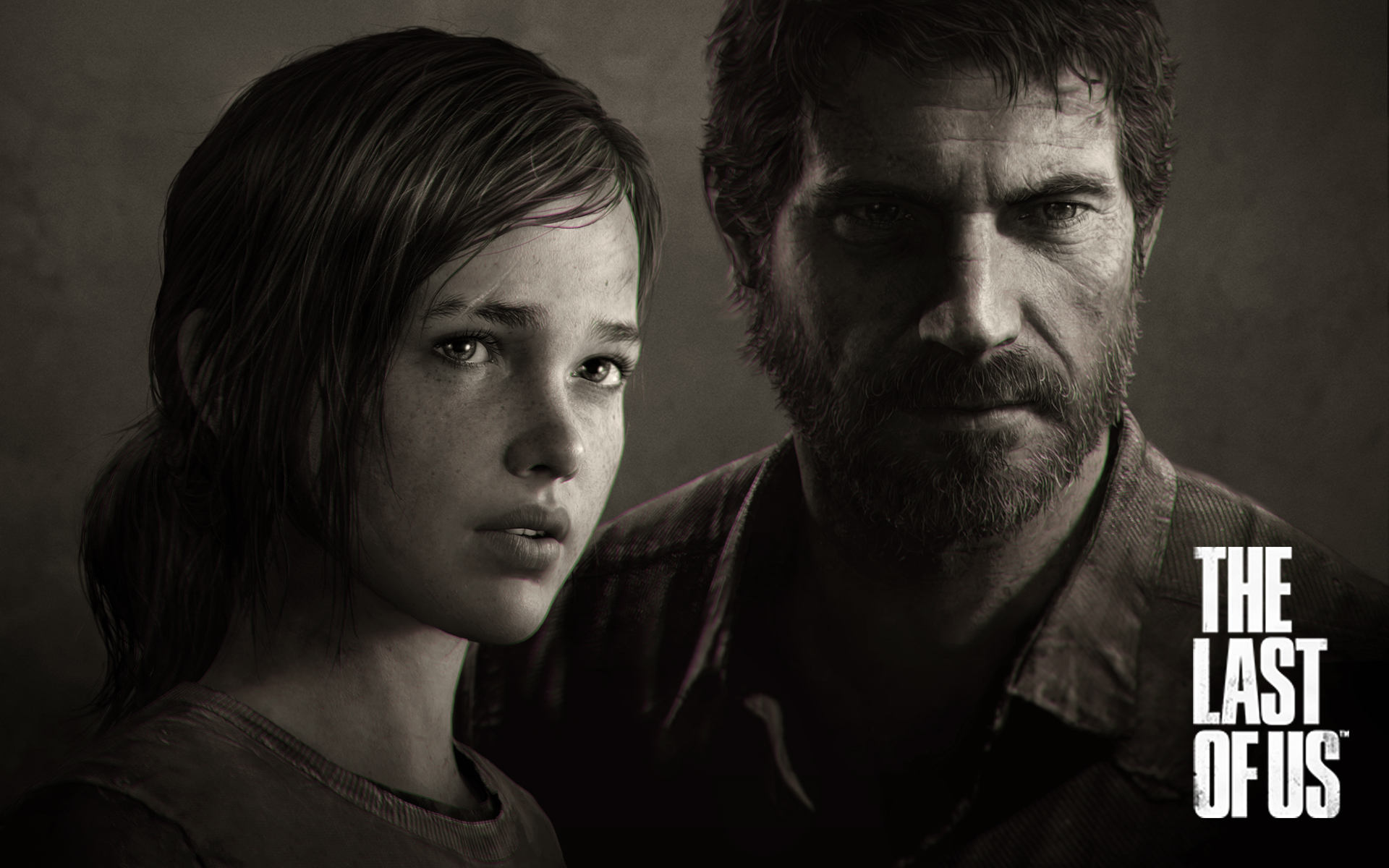Reviewed by: Jamaal Ryan
Never before have I had such a
polarizing change in attitude toward a game than with Killlzone Shadow Fall.
More so than the failings we've seen in the two big name shooters released in
the holiday quarter, Killzone Shadow Fall's campaign doesn’t quite dip down to
the atrocities that Aliens Colonial Marines and The Walking Dead: The Video Game
commit, however nearly every idea Shadow Fall attempts rots with poor execution
that fair far worse than the shooters it takes inspiration from. However sticking
around and moving from single player to multiplayer can cause a pleasantly
shocking mental whiplash and a positive justification for your investment.
Guerilla’s world building of
the never-ending conflict between the Helghast and the ISA has always gone only
as far as to present an interesting concept. But the micro-narrative and the
way in which these stories are told do little to serve the lore justice.
Killzone Shadow Fall’s new saga ultimately fails to change this unintended
tradition.
30 years after Killzone 3’s
near genocidal ending, the Helghast have been forced to live on the same planet
as the ISA on planet Vekta, separated by a mere wall that will prove futile in
keeping the peace. As a Shadow Marshall special unit, you’ll slowly slip into
the grey area separating the Helghan’s and Vektan’s black and white opposition
and attempt to prevent a full scale war. But the clichéd plot device as
peacekeeper is far from Shadow Fall’s more pertinent narrative problems.
Characters that command the screen with unnecessary grandiosity carry little
substance, deflecting any chance of inviting me to invest anything more than
passive attention. The story closes with a surprisingly satisfying ending
leading to an inevitable sequel; but given that Shadow Fall’s narration is so
weak, I have little interest of seeing what happens next.
Guerilla seems to look towards
Battlefield, Crysis, and Far Cry to lay the ground work for Shadow Fall’s
campaign design. Stealth, highlighted enemy location, and a wider level design
are all pillars of Shadow Fall’s formula, however none of it works nearly as
well as it should, creating a frustrating and occasionally mind numbing
experience.
Shadow Fall’s biggest offender
is how polluted its encounter design is. Killzone widens the real estate to
offer more a complex and dynamic approach to combat, but misses almost all
opportunities to lead players in a proper “canyon” approach. Typically shooters
with bulkier level design allow players to survey the area to draw a mental
graph illustrating their methods of approach. Shadow Fall drops the ball on
this several times, either narrowing the players options to an awkward linear
path, or constantly placing you in a dis-advantageous position in relation to
your enemies.
Window dressing for terrible level design
You’d think that the Shadow
Marshall’s ability to highlight foes within a radius will empower you to
effectively devise an attack plan, however this ability is pulled off by
tediously holding down right on the D-Pad to carefully expand the radar ping
only up to a limited radius, which then forces you to plan your attack within a
certain proximity. And you’ll have to do this several times in combat as the
already hard to see golden highlights of enemy soldiers (bear in mind, gold,
and variations of yellow and orange, is Killzone’s favorite environmental color
as well), will disappear from your HUD after a short time.
Taking your enemies head on is
best aided by the OWL, an airborne companion droid that has six different
functionalities, the fifth being more contextualized to hack computer
interfaces, and the sixth which can be used to revive yourself in battle
provided that you have enough Adrenaline Packs. The OWL can be an effective
diversion by either stunning or firing upon your enemies for a less direct
approach. The OWL can also tether a zip-line at a distance, however the level
design barely allows much opportunity to truly take advantage of it. What’s
most useful is the deployable shield that you’ll have to use much too often
given the AI’s overly offensive behavior.
The moniker “Shadow Marshall” implies a trained covert
operative, however it's difficult to understand why Shadow Fall's stealth
mechanics are so sloppy when the game proves it can actually fair better.
You’ll feel less like a skilled assassin and more like Santa Claus noisily
making his way in and out of your house with Killzone’s (now improved, but
still present) weighty controls and a puzzling lack of silenced weaponry. Only
two chapters in Killzone's campaign use stealth more intelligently, one in
which empowers you, and the other requires you, to progress without engaging in
direct confrontation. It’s a shame that sequences that involve the least
shooting are the best parts on this first person shooter. Too bad that these
pace changers don't punctuate Shadow Fall's campaign nearly as much as its awful
Zero-G sequences.
There’s tedium in simply moving the story forward as well.
Objective markers often stubbornly appear on nebulous locations in your HUD,
and rarely inform you on how to get there. Far too often I found myself running
around in circles with little idea as to how I will make it to my next
objective.
This guy's probably lost
And your mission is often definitively linear, regardless what
Guerilla has stated before. The developer may claim to offer large areas with multiple objectives that can be
completed at the player's discretion. That really only applies in Shadow Fall's
first chapter however. The rest of the campaign funnels down to a more one
dimensional design – though not nearly at the extent as Killzone 3 – with middling
optional objectives that are no more pedestrian than your average shooter.
The fact that the weapons feel quite satisfying to shoot --
especially the signature Shadow Marshall rifle's charge shot -- and that Shadow
Fall is the first PS4 title to show off the system's impressive visual prowess,
doesn't even come close to remedying Killzone's crippling problems.
Thank goodness the multiplayer doesn't suck.
Killzones 2&3 have
represented the franchise’s attempts in establishing its multiplayer formula
from Killzone 2’s surprisingly well executed first offering early in the
Playstation 3’s era to Killzone 3’s expansion on the ideas of its predecessor.
Killzone Shadow Fall stands as a bold refinement of the franchise’s multiplayer
systems, trimming much of the fat while emphasizing what works to the fullest
degree, and giving players a rare form of community generated content tools.
Gone are the daunting number of
classes from Killzone 3; Shadow Fall smartly consolidates the available roles
to a distinct three. The Scout (formerly known as the Marksman) remains largely
the same as in previous installments, armed with mostly long distance fire
power whose abilities favors near invisibility and, instead of scrambling the
enemy’s radar, enables enemy locating reconnaissance much like the Shadow
Marshall’s radar. The Assault benefits from increased mobility, however it’s
most important contribution is the Nano Shield taken from what’s seen in the
campaign. Lastly, the Support class pulls from the Tactician, Engineer, and
Field Medic from Killzone 3 and stands as the most important class in Shadow Fall.
They can plant team spawn beacons, bring in turrets and air support drones, and
theoretically revive allies an infinite number of times from absurd distances
so long as they aren’t completely dead. These class distinctions enables Shadow
Fall’s multiplayer to communicate explicit collaborative roles on the
battlefield thus making team based play easy to read and fun to engage.
Shadow Fall’s multiplayer feels less mobile than your average
shooter as it plays to its team based strengths. You’ll see teams engage in a more
distinct “attack and defend combat” even in team deathmatch than what’s seen in
most shooters. With intelligent use of tools such as explosives and unmanned
weaponry along with the Assault class's stationary shield, the Scout's maximum
effectiveness from staying perfectly still, and the Support class's impactful
team oriented contributions, Killzone Shadow Fall can easily slip into a game
of standing your own ground than anything else.
Teamwork in action
Shadow Fall’s progression system is also refreshing. It manages
this by “solving the Call of Duty problem” by gifting players with a complete
arsenal of weapons and abilities. Though this concept might worry longtime fans
of incentivized level progression, Shadow Fall quells those concerns with
Challenges. Challenges give skilled players multiplayer objectives to strive
for in order to unlock additional parts for their weapons. Grenade launchers,
shotguns, and anti-drone&shield missiles are significant additions to your
combat repertoire, so those looking for a form of progression in multiplayer
won’t feel cheated out.
Shadow Fall’s team deathmatch
and tried and true classic dynamic Warzone variants are more than enough to
keep players embroiled in combat, but custom Warzones invite the realm of
countless possibilities. Rule tweakings aren’t anything new in shooters,
however the intricate level of customization options can change Killzone’s
style of play drastically. Dictated classes, weapons, modes, and even bots can
spur unusual results. In one custom Warzone, not a single gun was allowed.
Scouts armed with knives and only the ability to cloak made up the strict rules
of the game. It was silly, entertaining fun running objectives while chasing
one another with blades. Another was an unforgiving survival mode pitting me
and my teammates against bots with one life alternating teams armed with pistols
or knives only. Killzone doesn’t have the spontaneous physics based advantage
that Halo does, however there’s enough that can be messed with in Shadow Fall
that result in some interesting if not brilliant ways to play.
Killzone Shadow Fall’s
multiplayer is a success, but one with imperfect design. The feeling of
carrying 100 lbs of gear is exacerbated once strafing around and escaping from
human players, and Shadow Fall’s shooting is less sticky than what we see in
other shooters that factor in aim assists. The level design delivers with mixed
success, with The Penthouse and the return of Bilgarsk Boulevard now named The
Remains offering good multiplayer stages, and others such as The Wall which I
avoid as much as possible.
Issues persist with the map’s
assigned faction spawning areas which allow opposing teams who’ve studied the
levels enough to know where to spawn camp. Guerilla does its best to pave
alternate routes for players to avoid getting jumped, and Warzones keeps the
flow of battle moving more so than TDM, but it’s difficult to rebound from
getting check mated inside your own base. However much of this fades into
acclimation behind multiplayer’s excellent team based gameplay and robust
custom Warzone system.
The Bottom Line
Killzone Shadow Fall is a bad
single player experience. Poor enemy encounters and janky level design get the
better part of the experience that Guerilla obviously tried so hard to craft.
However its refined multiplayer is a pleasant surprise to say the least. The
simplified class system brings teammates together without the prerequisite of
explicit voice chat collaboration, which allows working together far easier
than most shooters. And outside of Killzone’s Warzone staple, the level of
customization in UGC produce truly interesting and well worthy alternate ways
to play Killzone. In spite the single player’s failings, Killzone Shadow Fall’s
multiplayer alone makes this next gen shooter a must buy.
+ Digestible class system
+ Incentivized teamwork
+ Custom Warzones
+ Stunning display of visuals
- Unequivocally bad campaign
from top to bottom
SCORE: B -















